It is with much gratitude and admiration that we celebrate the jury alumni members of the Core77 Design Awards.
- All Categories
- A/V & Photography Equipment
- Apps & Platforms
- Branding & Identity
- Built Environment
- Commercial Equipment
- Consumer Product
- Consumer Technology
- Crowdfunding
- Design Concept
- Design Education Initiative
- Design for Social Impact
- Emerging Technologies
- Furniture & Lighting
- Gaming Accessories
- Health & Wellness
- Home & Living
- Interaction
- Lifestyle Accessories
- Open Design
- Packaging
- Personal Accessory
- Robotics
- Service Design
- Speculative Concept
- Speculative Design
- Sports & Outdoors
- Sports & Recreation
- Strategy & Research
- Sustainability
- Tools
- Tools & Work
- Toys & Play
- Transportation
- Visual Communication
Jury Alumni
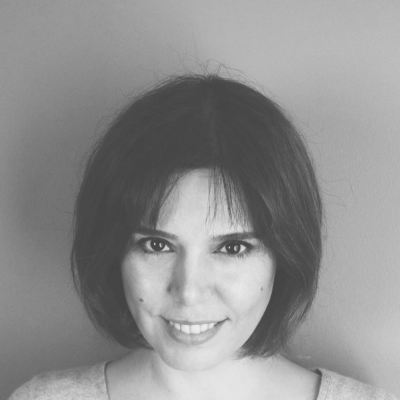
Selen Selviler Özüekren
Co-Founder, Karbon
2017 Visual Communication Jury Captain
Selen Selviler Ozuekren is the co-founder and creative director of Karbon Design Studio. She graduated as an architect from Istanbul Technical University in 1999. She was admitted to Istanbul Bilgi University Visual Communication Design graduate program. She worked at the same department as a teaching assistant. After receiving her MA degree in VCD, she was admitted to Pratt Institute Communication Design graduate program. She worked as an instructor at Istanbul Bilgi University, VCD between 2003-2009.
Selen co-founded Karbon in 2005. Since then she's been working at Karbon as a designer and consultant. Karbon is a multi-disciplinary design studio providing creative solutions and consultancy in concept design, branding, communication design & strategy, architectural design and interior design. Karbon team is a hybrid combination of graphic designers, communication designers and architects. The company established a reputation through their work specifically in overall concept designs for café&restaurants, packaging design and branding. She is a member of GMK, Turkish Graphic Designers Association since 2006.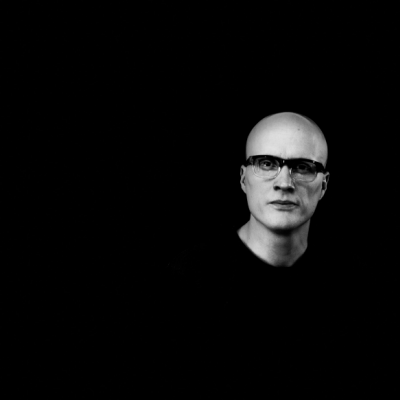
Perniclas Bedow
Creative Director & Founder, Bedow
2017 Visual Communication Jury Member
Perniclas Bedow is the founder and creative director of Stockholm based design studio Bedow. The studio mainly works with branding, packaging and book design and for the last decade their work has been widely acknowledged around the world through books, lectures and exhibitions. Perniclas’ work has been awarded by Art Directors Club, Cannes Lions, D&AD and Epica Awards, to mention a few.

Mariano Flore
Senior Graphic Designer, Atipus Barcelona
2017 Visual Communication Jury Member
Mariano Fiore is an Argentinian Graphic Designer based in Barcelona specializing in corporate identity, editorial design and packaging.
He believes in a conceptual work and a simple and direct visual language. In 2009 Mariano got his degree in Graphic Design from the ESD of Murcia. He has 6 years of graphic design experience working in studios from Bolzano (Italy), Murcia and Barcelona (Spain).
In the last years Marino has worked developing projects for national and international clients.
He is currently working at Atipus Barcelona as a senior graphic designer.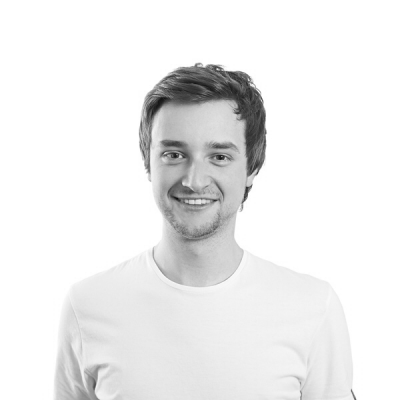
Emanuel Jochum
Designer, Brand Strategist, Emanuel Jochum, Brand Identity
2017 Visual Communication Jury Member
Designer, brand strategist, writer and learner based in Vienna. Helping brands to shape their vision and personality. Designing identities, digital products and services for small businesses, social enterprises and purpose-driven companies. Sharing thoughts on brand strategy from a design perspective in papers and talks.
Fascinated about holistic branding, social entrepreneurship, sustainable living and world politics. Enthusiastic about mountain hiking, travelling, wonderful beaches and Mexican food. Summer lover, Cuba Libre aficionado, fairness advocate and blood donor.
www.ejochum.com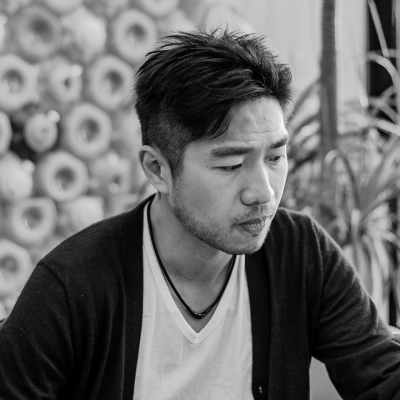
Arthur Huang
Co-Founder/CEO, MINIWIZ
2016 Built Environment Jury Captain
Arthur Huang is a structural engineer, architect and innovator of loop economy building material solutions. He founded Miniwiz in 2005 and has led the firm since.
Miniwiz is a global leader in post-consumer recycling technology with applications focused around built infrastructure and architectural solutions. For over 10 years, Miniwiz has been challenging the existing linear supply chain by using post-consumer recycled materials for high performance applications, retail store interiors, factory campuses and consumer goods.
Miniwiz gained recognition worldwide for first executing upcycling technologies and developing solutions that enable the switch to the circular economy. Three National Geographic Channel Episodes have been dedicated to Miniwiz , documenting the following Miniwiz Projects: The Ecoark Museum, the worlds first nine story tall museum made form post-consumer Materials (2010), Polliboat (2011), SDTI electronic waste recycling campus (2015). Miniwiz brought trash materials to the retail industry, equipping Nike’s high-end stores (Nikelab) with fixtures made from trash, in the heart of the world’s most premium cities: NYC, London, Paris, Milan, Shanghai, Hong Kong and Tokyo.
Among other honors, Miniwiz under Arthur Huang’s leadership won the Financial Times’ “Earth Award” in 2010 and The Wall Street Journal’s “Asian Innovation Award” in 2011. Miniwiz received the “Technology Pioneers 2015” title by the World Economic Forum, recognizing the potential of the new industry that Miniwiz is leading and the positive impact of its activities on the state of the world.
Miniwiz holds invention patents and trademarks for various mechanical and chemical up-cycling technologies, including Polliber™, a composite made of reprocessed organic waste with recycled polymers, Natrilon™, a yarn made of recycled PET reinforced with Nano SiO2 from rice husk, Pollibrick™, a mechanical interlocking system, and many others.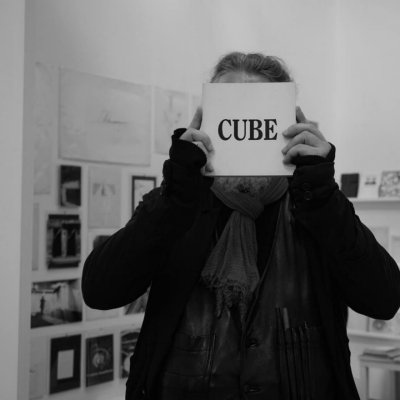
Giorgio de Mitri
Creative Director, Sartoria Comunicazione
2016 Built Environment Jury Member
Giorgio de Mitri is an italian creative director who founded Sartoria Comunicazione, one the most relevant independent communication firms woldwide. He is also the publisher of CUBE and the founder of Fondazione de Mitri, a nonprofit artistic and cultural organization located in Modena, Italy. Among other projects in 2015 he co-curated The Bridges of Graffiti exhibition, a collateral event of the 56th Venice Biennale.
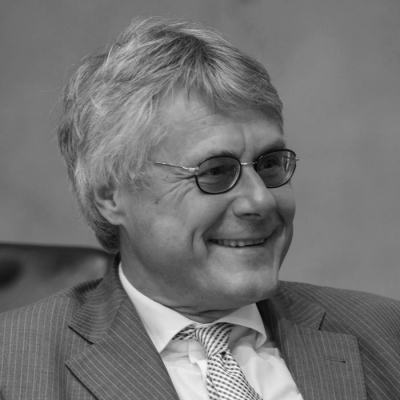
Hartmut Gaßner
Founding Partner, Gaßner, Groth, Siederer & Coll.
2016 Built Environment Jury Member
Hartmut Gaßner is a founding partner of Gaßner, Groth, Siederer & Coll. He focuses on renewable energy law (photovoltaic, geothermal, wind power projects), nuclear law, emissions trading, Stadtwerke, PPP procurement, recycling business, ministerial and municipal consulting, associations and policy advice. He studied law in Berlin, was a research associate of the Bundestag Greens (Otto Schily, Flick committee of inquiry), and had a traineeship in Berlin, admitted in 1987 before establishing GGSC.
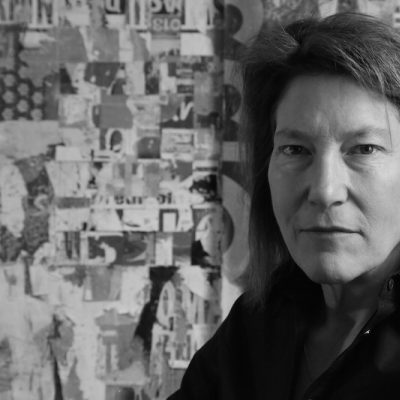
Andrea Simitch
Associate Professor, Cornell University, Department of Architecture
2016 Built Environment Jury Member
Andrea Simitch is an Associate Professor in the Department of Architecture at Cornell University. She teaches courses in architectural design, architectural representation, and furniture design. She served as Director of the Bachelor of Architecture program from 2011–14, as Director of Undergraduate Studies from 2007–08, and as Associate Dean of AAP from 2002–03. She has been a panelist on the New York State Council on the Arts, a department representative for the Cornell Council for the Arts, and was a faculty collaborator with the Andrew Goldsworthy workshop at Storm King. Val Warke and she partner in a collaborative architectural practice and recent projects include the Nalati National Park Resort and the Eco-Tourism Strategic Planning Proposal, both for Nalati, China, as well as numerous design competitions that include the Arbedo Castione school in Ticino, Switzerland, the Center for Promotion of Science of the Republic of Serbia Competition, Benetton Competition "Designing in Teheran”, and the Stockholm City Library Competition.
She has taught extensively for Cornell in numerous international venues that include Europe and Central and South America and is regularly invited to lecture and participate in diploma juries and symposia at peer institutions, most recently in Italy, Spain, Sweden and Switzerland. Student work from her furniture design course has been exhibited at the International Contemporary Furniture Fair in New York. She was a 2015 Fellow at the Baer Art Center in Hofsós Iceland. The Language of Architecture: 26 Principles Every Architect Should Know, a book she co-authored with V. Warke and published by Rockport Publishers (June 2014) has been translated into four languages. She received her B.Arch. from Cornell in 1979 and also attended Occidental College and l'Ecole Special d'Architecture in Paris.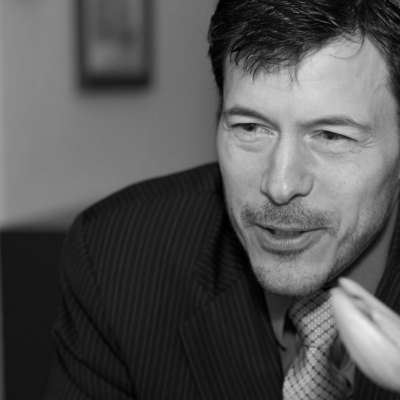
Jim Kraimer
Director of Design - EMEA & China, Crown Equipment Corporation
2016 Commercial Equipment Jury Captain
Jim Kraimer is Director of Industrial Design for EMEA & China at Crown Equipment Corporation, which is a leading manufacturer of lift trucks and related products and services. Jim likes to dig deep into research and leverage new technologies that reimagine a new user experience. A key example is Crown’s QuickPick Remote® -- the world’s first glove-controlled order picker vehicle -- which is ushering in a new era of game-changing automation. Crown has won over 100 major international design awards and was recognized by Fast Company Magazine as Thirty Companies that Get Design. Prior to Crown, Jim developed futuristic products for Electrolux’s visionary Concept Design Team, and also worked at design consultancies in the USA and Germany. Jim holds 18 utility patents and has been a juror for Core77, iF Design and China Red Star Design awards. He studied Industrial Design under the tutelage of Paul Down, FISDA, at the University of Notre Dame.
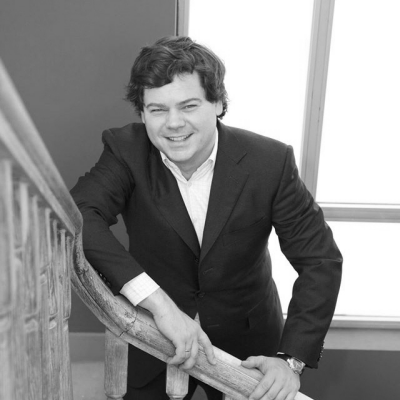
Jaime Moreno
Founder and Creative Director, Mormedi
2016 Commercial Equipment Jury Member
Born and raised in Madrid, Jaime started Architecture at the Polytechnic University of Madrid but shortly after moved to Switzerland where he achieved a Degree in Industrial Design at the Art Center College of Design. He has upgraded his studies taking seminars at Harvard, IESE, IE and St. Louis University Business School.
After graduating he worked as a design consultant for Philips at the Domestic Appliances department in The Netherlands.
From this experience, he decided to found in 1998 his own company, Mormedi, a design consultancy that innovates through customer experience, with a strategic approach, delivering service design, industrial design and digital experiences.
The company now includes a multidisciplinary and a highly skilled team of designers, strategists, engineers, business development consultants and marketing specialists. Mormedi covers many sectors in a wide variety of typologies, ranging from banking, airlines, telecommunications, consumer electronics, energy, etc. The 70% of its turnover comes from abroad, working for 12 companies that belong to the "Fortune 500” list.
Jaime combines his dedication to Mormedi, as CEO and Creative Director, with a passion for design which has led him to take part as a member of the jury in several competitions and to give conferences in Spain, UK, Denmark, Japan and Hong Kong. He is also a member of the Design Management Institute (DMI), the Industrial Designers Society of America (IDSA), and the International Forum Design (IF).
Jaime has been awarded with the “2015 National Design Award” in the Professional’s Category, given by the Spanish Ministry of Economy and Competitiveness.
Robert Sachon
Head of Design, BSH
2016 Commercial Equipment Jury Member
Robert Sachon has studied free arts, product design and is a graduate of the Harvard Business School´s General Management Program (GMP). He can look back on a long design career in the household appliance sector. Among other things, he worked as a designer for the Siemens brand and was responsible for the design of the regional brands in Southern Europe and South America belonging to the BSH Group portfolio. Since 2005 he has shaped the Bosch brand as Global Design Director. His holistic design approach has been acknowledged with numerous international design awards. Only recently, Sachon and the Bosch Home Appliances Design Team were awarded the honorary title of “Red Dot: Designteam of the Year 2015“.
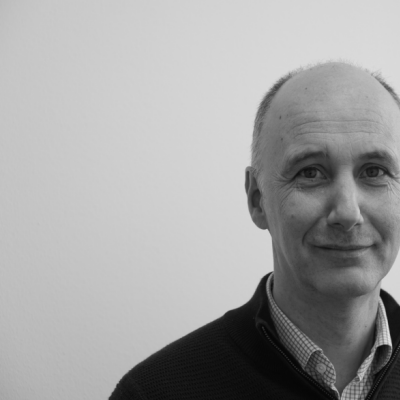
Bruno Saint-Jalmes
Head of Creative Design and Concepts, Airbus
2016 Commercial Equipment Jury Member
In October 2013 Bruno was appointed Chief Designer of Airbus Group. Airbus Group management charged Bruno with giving the Airbus Group range a more emotional design language. On this basis, Bruno set up future vehicle products, new ideas, future initiatives and technology strategy as a guideline for future Airbus Group innovations – some examples of the major innovations he delivered are the A350XWB cabin, cockpit design and the Concept Plane Vision 2050, both resulting in a new passenger comfort & service experience as well as a higher airline efficiency.
He oversees the Airbus Industrial Design Group and also provides leadership and direction for industrial designer teams across the company, as well as to foster a design excellence culture within Airbus Group. He is based in Munich, Germany.
Previously Bruno was the Head of Design and Advanced Design at the Airbus Commercial Design Centre in Toulouse, France, from 1994 to 2013. His mission was to develop all the aircraft products, differentiating their individuality, and creating a seductive interior of cabins and cockpits.
Prior to that he was in charge of car and product design at Renault-Matra's design studios from 1988 to 1993.
Bruno began his career at French automaker Peugeot, where he was responsible for driving the style of small and mid-size cars.
Bruno graduated from the École Nationale Supérieure de Création Industrielle with an MA in Industrial Design/Product Design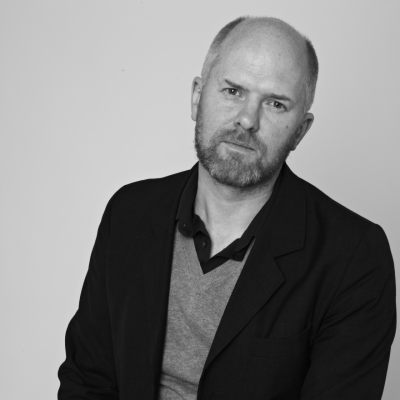
Jon Marshall
Director of Design, MAP
2016 Consumer Product Jury Captain
Jon Marshall is the Co-Founder and Design Director at Map, a London-based creative consultancy that specialises in strategy-led industrial design, packaging design and UX/UI. Map’s clients include some of the most innovative and well-known companies in the world such as Virgin Atlantic, Google, Yamaha and Panasonic alongside ambitious growth companies such as Kano, Sam Labs, and Sabi.
Most recently, Jon has worked with inventive start-up BeeLine on the design of an intuitive cycle navigation device. The device puts cyclists back in control of their journey, rather than being trapped in a turn by turn navigation system. BeeLine successfully launched on Kickstarter in November 2015 and received over £150,000 of funding, surpassing their goal of £60,000. Map is also working with an emerging talent on the design of an innovative cycle safety product.
Jon graduated from the Royal College of Art in 1996 with a Masters degree in Industrial Design and then worked at leading design firms Pentagram and Ross Lovegrove. He joined Barber & Osgerby as Studio Director in 2003 and developed some of the studio’s most iconic furniture and products such as the De La Warr Pavilion Chair, Tab Lamp and the 2012 Olympic Torch before co-founding MAP with Barber & Osgerby in 2012.
Emily Brooke
CEO and Founder, Blaze
2016 Consumer Product Jury Member
Emily Brooke founded Blaze in 2012 in London, England, with the vision of becoming world leaders in urban cycling technology.
After starting reading Physics at Oxford University, Emily left to pursue design in Brighton and Milan. There she created a radical innovation set to drastically improve cyclists’ safety and started her own company, Blaze, to make it a reality. The Laserlight tackles the greatest cause of fatality, being caught in the blind spot, or a vehicle turning across an unseen bike, by using a laser to project the symbol of a bike ahead of a cyclist. It gives the bike a bigger footprint on the road and prevents divers in front turning across its path.
Three years on and after a successful Kickstarter campaign, Blaze have a team based in East London, manufacturing in China, and have raised approximately £1.5M in investment from the likes of the Branson Family and Index Ventures. Their flagship product, the Laserlight, is shipping to more than 52 countries and in 2016 it will be incorporated into all London’s Santander cycle hire scheme bikes. The new Burner back light will launch in Spring 2016 after becoming one of the most successful bike light campaigns in the history of Kickstarter.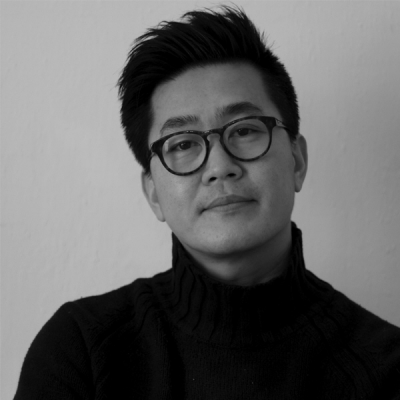
Hyuntaik Lim
Product Director, Samsung Design Europe
2016 Consumer Product Jury Member
Hyuntaik Lim is the director at Samsung Design Europe (SDE), a London-based creative design office that specialises in European, story-led industrial design, UI and UX.
Hyuntaik established a design language with Samsung design centre when he was working in Samsung design HQ, Seoul. He accomplished many successful designs within the A/V cluster team and in the Mobile cluster as a team leader.
Hyuntaik started working at Samsung in 1996. He took a sabbatical to work for Ideo in Palo Alto between 2003-2004. Whilst studying his Master’s degree at the Design Academy Eindhoven, he founded and ran a design studio with Korean government support. He then moved to London and joined SDE as creative lead in 2009. Moving on to product director, he now leads and develops projects across all categories of Samsung electronics.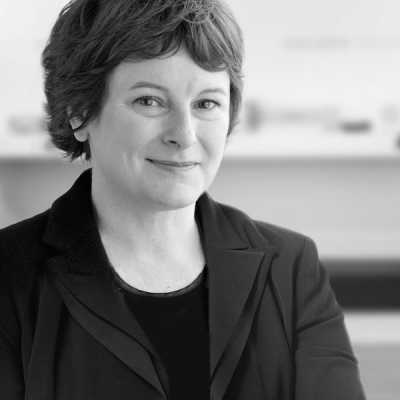
Heather Martin
Vice President of Design, Smart Design
2016 Consumer Product Jury Member
Heather is the Vice President of Design at Smart Design, a design and innovation consultancy. She leads multidisciplinary global teams on large-scale digital projects across all industry sectors from Smart’s London studio.
She has worked in design for 18 years throughout Europe and is recognized as one of the leading authorities in interaction design. In order to learn more about software development, she studied interaction design at the Royal College of Art in London. After graduating, she worked at the RCA as a visiting tutor and Research Fellow and co-founded the Appliance Design Studio between the RCA, IDEO and Hewlett-Packard Labs. In 2000, she joined IDEO where she worked as a senior interaction designer and project lead for the Prada NYC flagship store with OMA/Rem Koolhaas.
Throughout her career, she has kept a keen interest in education. In 2003, she moved to Italy to work as an Associate Professor at the Interaction Design Institute Ivrea (IDII), where she specialized in tangible computing and became the Academic Director. In 2006, she moved to Denmark where she co-founded the Copenhagen Institute of Interaction Design (CIID). Positioned as a design school, consultancy and research lab specializing in interaction design, CIID was listed as one of the world’s best design schools by Business Insider in 2012.
Her client work spans transportation, finance, healthcare, media, telecom, retail and automotive. She is a regular speaker in Europe and her work has been recognised through international press and design prizes, including a Gold and Bronze Business Week Awards for her work with Prada. She was also listed as one of the 40 most influential designers in the world under the age of 40 by Wallpaper Magazine and was recently a judge for the Braun Prize 2015. She has a bachelor’s degree in product design from the University of Northumbria and a master’s degree in interaction design from the Royal College of Art.